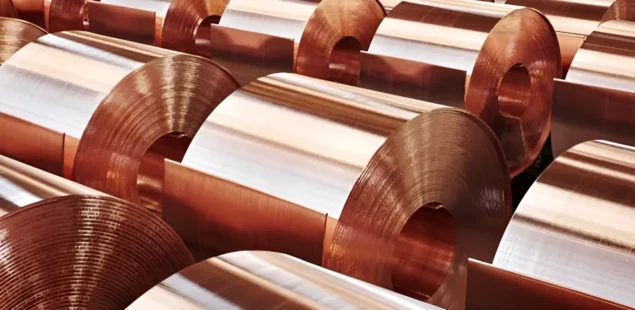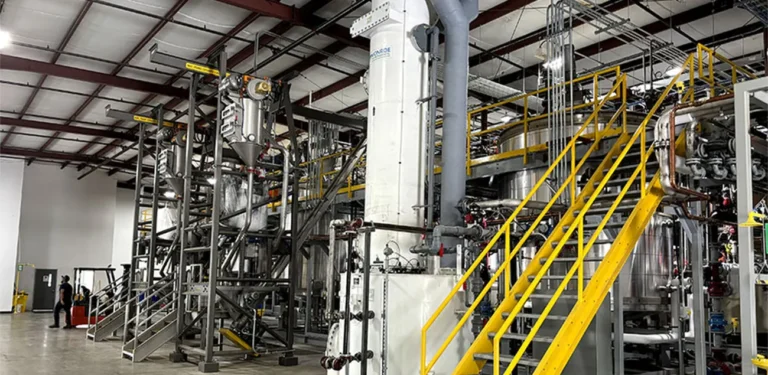
Unique Physical and Chemical Properties
Platinum is a dense, silvery-white metal that stands out for its remarkablea chemical stability, corrosion resistance, and high melting point of 1,768°C (3,214°F). It is part of the platinum group metals (PGMs), known for their catalytic properties and durability.
What makes platinum truly unique:
- It is one of the least reactive metals, making it ideal for use in harsh chemical environments.
- Platinum is extremely ductile and malleable — a single gram can be drawn into a wire over a mile long.
- It resists tarnishing and oxidation, even in air or moisture, which is why it's favored in high-end jewelry and laboratory settings.
- It is biocompatible, meaning it doesn't cause adverse reactions in the human body, enabling use in medical implants and devices.
These qualities explain why platinum is invaluable across industries that require precision, reliability, and longevity.
Historical Significance and Discovery
Although platinum was officially identified in the 18th century, its history stretches back to ancient times. Pre-Columbian civilizations in South America, particularly in present-day Colombia and Ecuador, used platinum in ceremonial artifacts — often unknowingly alloyed with gold.
The metal first reached Europe in the 16th century via Spanish explorers who found it in river sands. They called it "platina", or "little silver," initially considering it an impurity in gold mining. It wasn’t until the mid-1700s that Antonio de Ulloa, a Spanish scientist and naval officer, described platinum in Europe.
By the 19th century, platinum had found its place in scientific instruments, jewelry, and even in the Royal Mint of the Russian Empire, which used it to mint coins due to its durability.
Modern Applications in Science and Industry
Today, platinum is essential to modern technology and innovation. Some of its most critical uses include:
- Catalytic converters in automobiles, where it helps reduce harmful emissions.
- Medical devices such as pacemakers and dental instruments, owing to its inert nature.
- Petrochemical refining, where platinum catalysts enable the cracking of hydrocarbons.
- Electronics, especially in hard drives and thermocouples.
- Green energy, particularly in hydrogen fuel cells and electrolysis equipment.
Its performance under extreme conditions makes platinum irreplaceable in many high-tech environments. As global industries move toward decarbonization, platinum’s role in the hydrogen economy is expected to grow substantially.
Platinum in Culture and Symbolism
Platinum symbolizes rarity, purity, and prestige. It is widely used in luxury branding — from platinum credit cards to "platinum-level" status in loyalty programs.
In awards and music, platinum records mark major commercial success, outranking even gold status. This association reflects the metal’s scarcity and value, as platinum is slightly rarer than gold in the Earth’s crust.
In jewelry, platinum is prized for its luster and durability. Unlike gold, it does not wear away easily, making it ideal for heirloom-quality items. Its hypoallergenic nature also makes it suitable for sensitive skin.
In some cultures, platinum represents eternal love and strength, reinforcing its popularity in wedding rings and anniversary gifts.
Interesting Trivia and Lesser-Known Facts
- Platinum is so rare that all of it ever mined could fit into about a quarter of an Olympic-sized swimming pool.
- Around 70% of the world’s platinum is mined in South Africa, followed by Russia and Zimbabwe.
- In the United States during World War II, platinum was classified as a strategic material, and civilian use (including jewelry) was restricted.
- The standard kilogram in France once relied on a platinum-iridium cylinder due to the metal's resistance to corrosion and dimensional stability.
- Platinum is used in space exploration — it lines rocket engine nozzles and spacecraft components for its heat resistance.
FAQ
What are 5 fun facts about platinum?
- Platinum melts at over 1,700°C — hotter than lava.
- It is slightly rarer than gold in Earth’s crust.
- Ancient South Americans used platinum centuries before Europeans understood it.
- It doesn’t tarnish or corrode, even after decades of exposure.
- A single gram of platinum can be stretched into a wire over one mile long.
Why is platinum so rare?
Platinum is rare because it forms under extremely specific geological conditions. It’s found in small quantities in only a few places worldwide, often alongside other PGMs and usually as a byproduct of nickel and copper mining. Extraction is complex and energy-intensive.
What metal is 30 times rarer than gold?
Platinum is slightly rarer than gold. While gold is distributed more widely and mined in larger volumes, platinum occurs in much lower concentrations and in fewer geological formations.
What are 5 uses for platinum?
- Catalytic converters in vehicles.
- Medical implants and surgical tools.
- Hydrogen fuel cells and green energy systems.
- Industrial catalysts in chemical production.
High-end and hypoallergenic jewelry.



